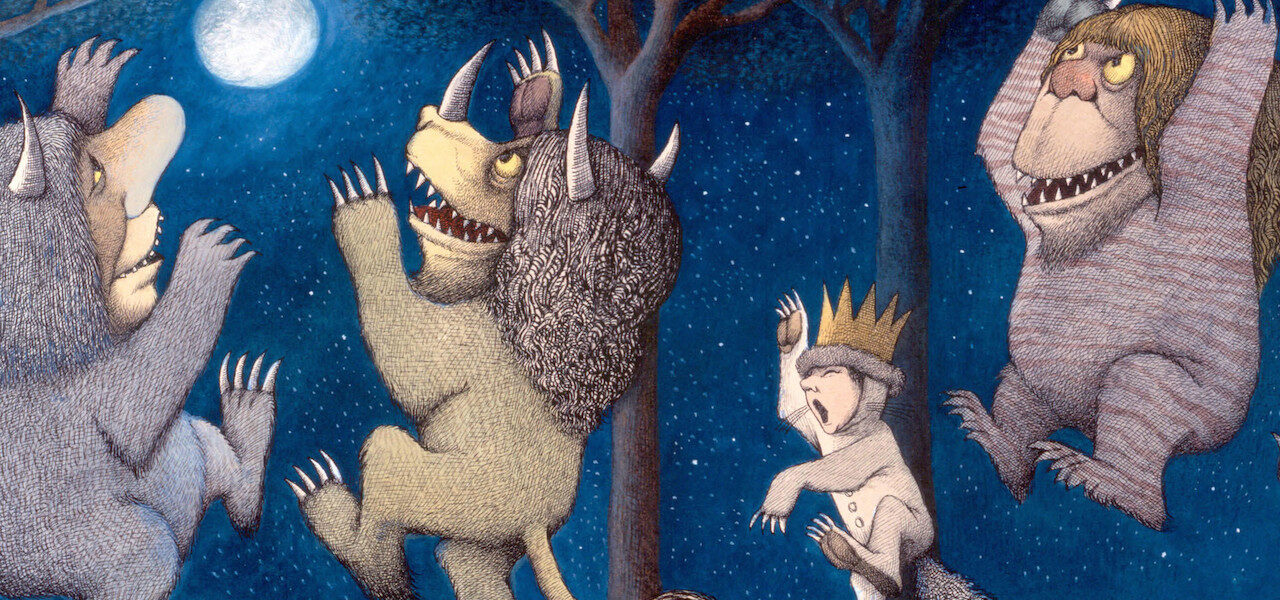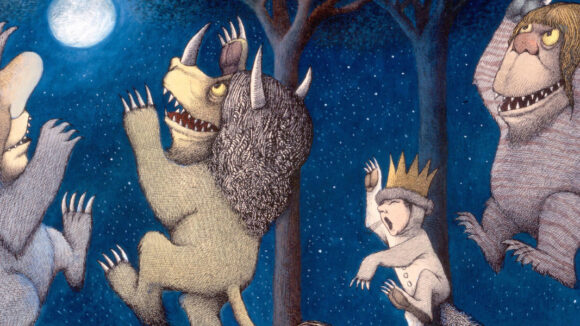

How To Adapt An Illustrated Book Into Animation: 5 Lessons From Gene Deitch
In 1959, Gene Deitch arrived in Communist Czechoslovakia for what was meant to be a ten-day work trip. He never left. Thus began the longest phase in the remarkable career of the American filmmaker and illustrator.
For the next half-century, he directed hundreds of films at the Prague studio Bratri v Triku, primarily working on animated adaptations of children’s literature for the American company Weston Woods Studios.
Deitch, who died on April 16 at age 95, presented a documentary in 1977 in which he reveals his philosophy on the art of adapting illustrated books. Near the start of Gene Deitch: The Picture Book Animated, he notes that his approach is guided by “the unique character and content of the individual books,” but goes on to outline the core principles that shape his work. We’ve highlighted some of the key lessons below; the documentary can be watched beneath. Read our obituary of Deitch here.
- 1) The filmmakers’ artistic input must be invisible. “A film always requires a good deal of additional artwork not found in the book at all,” says Deitch, “yet it is our task to keep ourselves as filmmakers out of sight, to attempt to get as much of the author-illustrator onto the screen as we can.” The adaptation should be a “projection” of its source material: it should make its young audience return to the book and “love it more, see it more.”
- 2) But motion can still be used artistically, in the service of the book’s character. In Deitch’s version of Maurice Sendak’s Where the Wild Things Are (image at top), the fantastical characters were shot in series of overlapping multiple dissolves “to give them the sluggish, dreamlike quality Maurice envisioned.” Meanwhile, Ed Emberley’s woodcut illustrations for Drummer Hoff were translated into stiff, formal paper puppets in Deitch’s film.
- 3) Music can expand on the story’s themes. So can sound design. Deitch devoted much thought to these elements, which are of course absent from the book. He cites his adaptation of Where the Wild Things Are, in which Max’s growing alienation from his parents is mirrored in the music’s increasing distortion.
- 4) The books that seem the easiest to animate can turn out to be the hardest. Deitch quotes Crockett Johnson, the author of the Harold series of books: “Never overlook the art of the seemingly simple.” The books, about a boy who creates whole worlds by drawing them with a magic crayon, have a stripped-back design which posed unusual problems when Deitch came to adapt them. For instance, Harold enters the worlds he draws, and so the animators were tasked with maintaining perspective as he moves within the frame.
- 5) Good surroundings lead to good work. Deitch loved his adopted city, which he describes in the documentary as follows: “Living in Prague, an ancient town so full of its own stories, I’m surrounded with an ideal ambiance for my kind of work… I animate picture books. Prague is itself a picture-book town.”

.png)